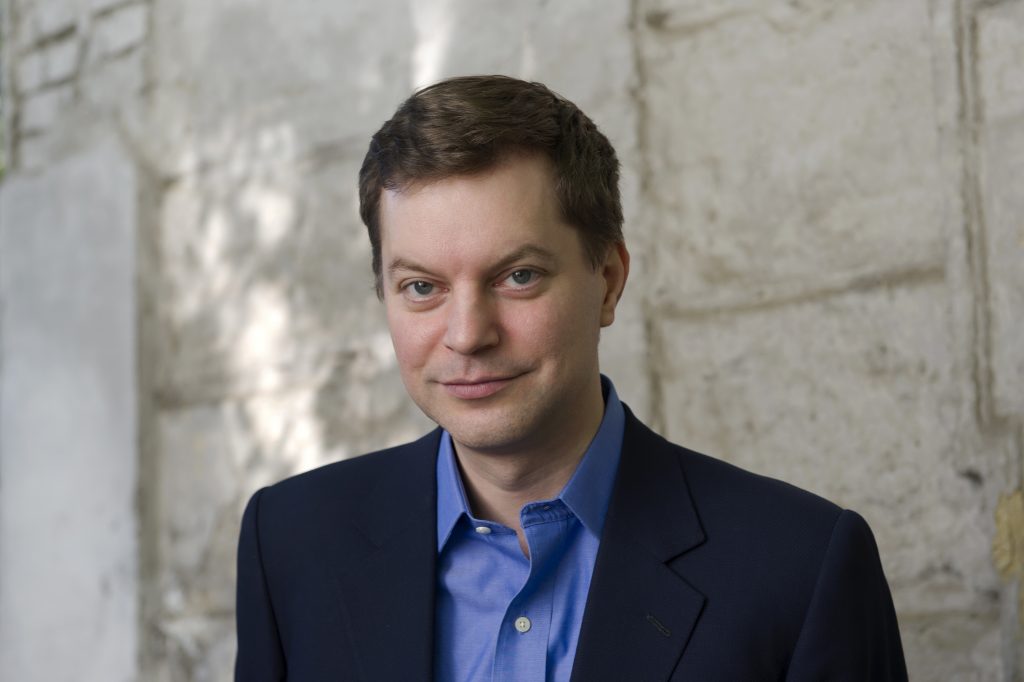A powerful “Rite” and dazzling Mozart from Utah Symphony, Fellner

Igor Stravinsky’s The Rite of Spring is a classical mainstay and a favorite of Utah Symphony music director Thierry Fischer, who has it back on the program this weekend at Abravanel Hall in a spot-on interpretation that again brings one of orchestral music’s default works to thrilling life.
Fischer on Friday knew just what he wanted to cull from Stravinsky’s score, and the orchestra responded with a virtuoso performance. Fischer used the updated, 1947 version, but all of the brutal force and violent polyrhythms and syncopations of the 1913 original are present, and its impact is still tremendous.
Much can be said about the roughness of the music, but there are plenty of lyrical and impressionistic elements in play: The opening bassoon solo, in the instrument’s highest register, has a charm that doesn’t hint at what’s about to be unleashed, and principal Lori Wike played it beautifully.
The opening of the second part of the score is atmospheric and rather otherworldly in its impressionistic harmonies, and Fischer underscored that ambient strangeness in his account, encouraging a delicate and fluid expressiveness from the orchestra.
But of course, the secret of The Rite of Spring resides in the relentless rhythms and powerful tuttis that create the tension and unnerving energy humming at the work’s core. Fischer made the most of those qualities in a reading that was spirited and robust.
The concert opened with symphony keyboardist Jason Hardink’s nuanced reading of “The white-browed robin-chat,” the fourth movement of Olivier Messiaen’s Des canyons aux étoiles.
Works by Haydn and Mozart followed. For Haydn’s Symphony No. 10, written around 1761, Fischer gave the outer movements a brisk treatment that underscored the light, airy nature of the music, with the orchestra playing with crisp articulation and clean lines. The middle movement, scored just for strings, was fluid and brought out the finely crafted figurations that course throughout the music.
Austrian pianist Till Fellner joined Fischer and the ensemble for Mozart’s Concerto No. 20 in D minor — a breakthrough that, like his Concerto in C minor, brought the form to new heights. No longer just a showpiece for the soloist, the concerto in these two representations have depth and symphonic proportions that foreshadow the concerto’s realization in Beethoven and other 19th century composers.
Fischer and Fellner demonstrated their grasp of these currents in a dramatic, passionate account with balanced, organic interplay between piano and orchestra. Fellner, a remarkable interpreter of Mozart, brought understated virtuosity to playing that emphasized the lyricism of the score.
The opening Allegro established the dark, brooding character of the music. The slower Romanze — which, with its lyrical outer sections and stormy middle, feels like a precursor to Chopin’s nocturnes — flowed with a finely honed expressiveness that brought welcome relief from the intensity of the outer two movements.
The finale returns to the impassioned energy of the first movement, and Fellner captured its the stormy drive and restless energy with decisive playing that was mirrored by the orchestra.
The program will be repeated 7:30 p.m. Saturday in Abravanel Hall. utahsymphony.org; 801-355-2787
